How women's pain is often ignored in health care
The gap in care is especially glaring compared to how men are treated

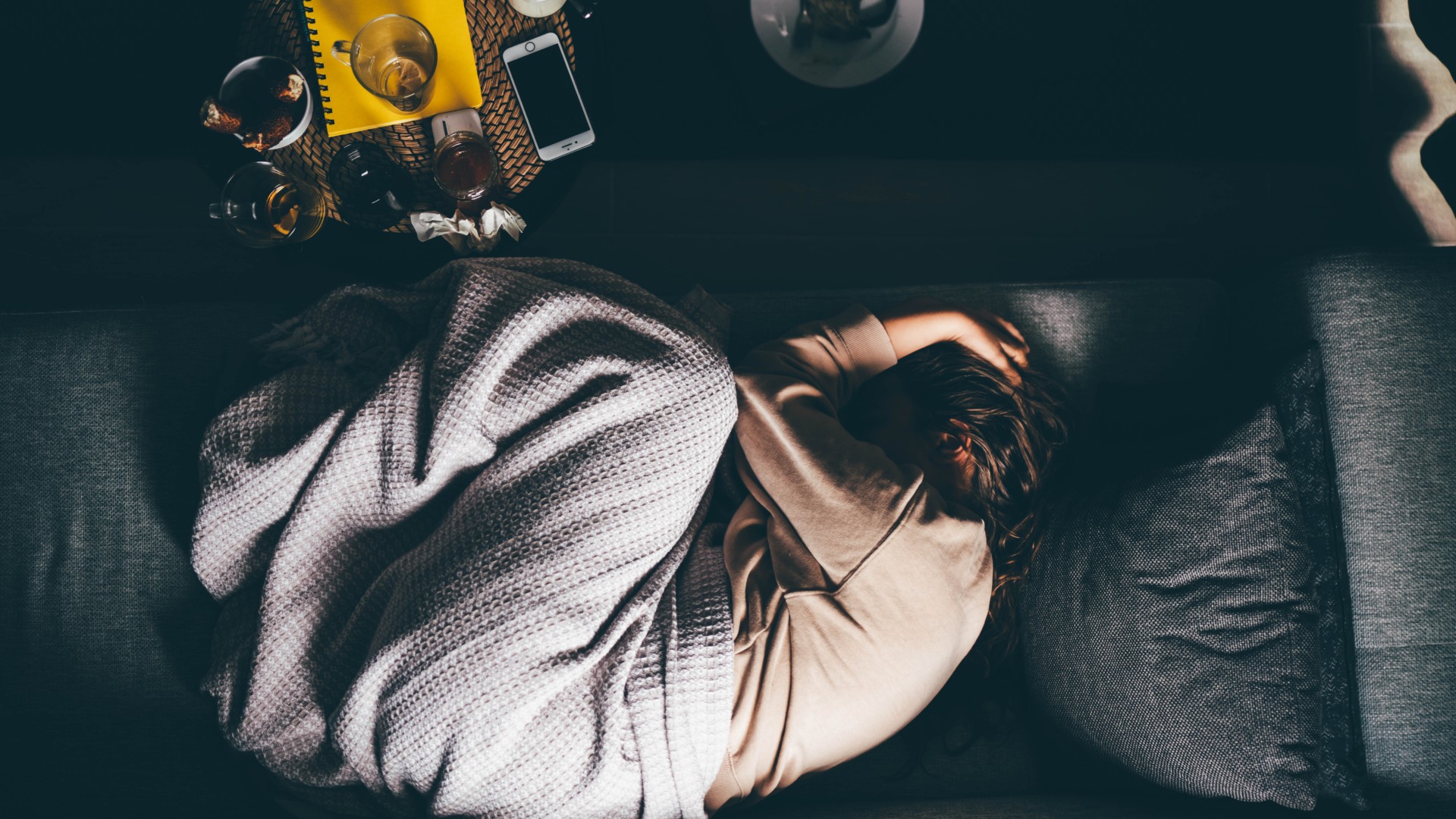
It is, unfortunately, far too common for women to go into medical settings complaining of pain and have to deal with being ignored or dismissed by medical providers. The so-called pain gap is causing women to receive inadequate treatment, particularly in comparison to their male counterparts. Several factors feed into this gender pain gap, including a lack of accurate training on the differences between sexes and how those sexes express their pain, cultural biases and categorizing women as hysteric.
How do doctors ignore women's pain?
The gap in pain management care for women has been well-documented. Several studies suggest there is a clear difference along gender lines when it comes to taking pain seriously in health care. A 2022 study from the Journal of the American Heart Association reported that women who visited emergency departments with chest pain waited 29% longer than men to be evaluated for possible heart attacks. Another study showed that middle-aged women complaining of chest pain were twice as likely as their male counterparts with the same symptoms to be diagnosed with a mental illness. Dismissive attitudes toward women's pain have been shown to affect treatment for a variety of health issues, including stroke, reproductive health, chronic illnesses and physical pain, among other things.
Research also suggests that women have a higher sensitivity to pain than men and are more likely to share that pain with their doctors, so often, their pain is painted as an overreaction rather than taken seriously, Roger Fillingim, director of the Pain Research and Intervention Center said to The Washington Post. Fillingim, the coauthor of a review article on sex differences in pain, said there are several potential reasons, including hormones, genetics and social factors such as gender roles. Regardless, "you treat the pain that the patient has, not the pain that you think the patient should have," he said to the Post.
The Week
Escape your echo chamber. Get the facts behind the news, plus analysis from multiple perspectives.

Sign up for The Week's Free Newsletters
From our morning news briefing to a weekly Good News Newsletter, get the best of The Week delivered directly to your inbox.
From our morning news briefing to a weekly Good News Newsletter, get the best of The Week delivered directly to your inbox.
What is the cause of the phenomenon?
Anushay Hossain, author of "The Pain Gap," acknowledged that the gap exists, but he also said to the Post that there is a "credibility gap" making it difficult for women to receive the care they need when they are in pain. "Women are not believed about their bodies — period." Part of what is driving that gap could be that women have historically been excluded from medical research. The National Institutes of Health (NIH) did not require sex to be considered as a biological variable in most studies it funded until 2016. Health care providers are making progress, David Thomas, special adviser to the director of NIH's Office of Research on Women's Health, said to the Post. "But we do have a long way to go because there's this whole institutional approach to doing research — pain and beyond — where it tends to be male-focused."
The issue may also be linked to a lack of attention to differentiating between men and women in medical school. Almost 95% of American medical school students said their curriculum should include instruction about the differences in sex and gender in medicine, according to a 2015 survey. Yet, only 43% said their curriculum helped them understand those differences, and only 34.5% said they felt prepared to manage them in a health care setting. "It is changing, but it's changing very slowly," Janice Werbinski, immediate past president of the American Medical Women's Association and chair of the mentorship committee of the association's Sex and Gender Health Collaborative, said to the Post.
Beyond the systemic and cultural issues fueling this gap, there may be more personal reasons for a doctor to ignore a patient who complains about pain. One reason why a doctor might ignore a patient's pain is that the doctor might "internalize it as a failing that they as a provider did," said Sara Whetstone, an obstetrician and gynecologist at the University of California, San Francisco, to The New York Times. If a patient felt more pain than a doctor wanted them to, the doctor might feel like they did not do a "good job as the provider." Perhaps ignoring a patient's complaints allowed doctors to "emotionally separate from their failure to control pain."
A free daily email with the biggest news stories of the day – and the best features from TheWeek.com
Theara Coleman has worked as a staff writer at The Week since September 2022. She frequently writes about technology, education, literature and general news. She was previously a contributing writer and assistant editor at Honeysuckle Magazine, where she covered racial politics and cannabis industry news.
-
 Political cartoons for January 4
Political cartoons for January 4Cartoons Sunday's political cartoons include a resolution to learn a new language, and new names in Hades and on battleships
-
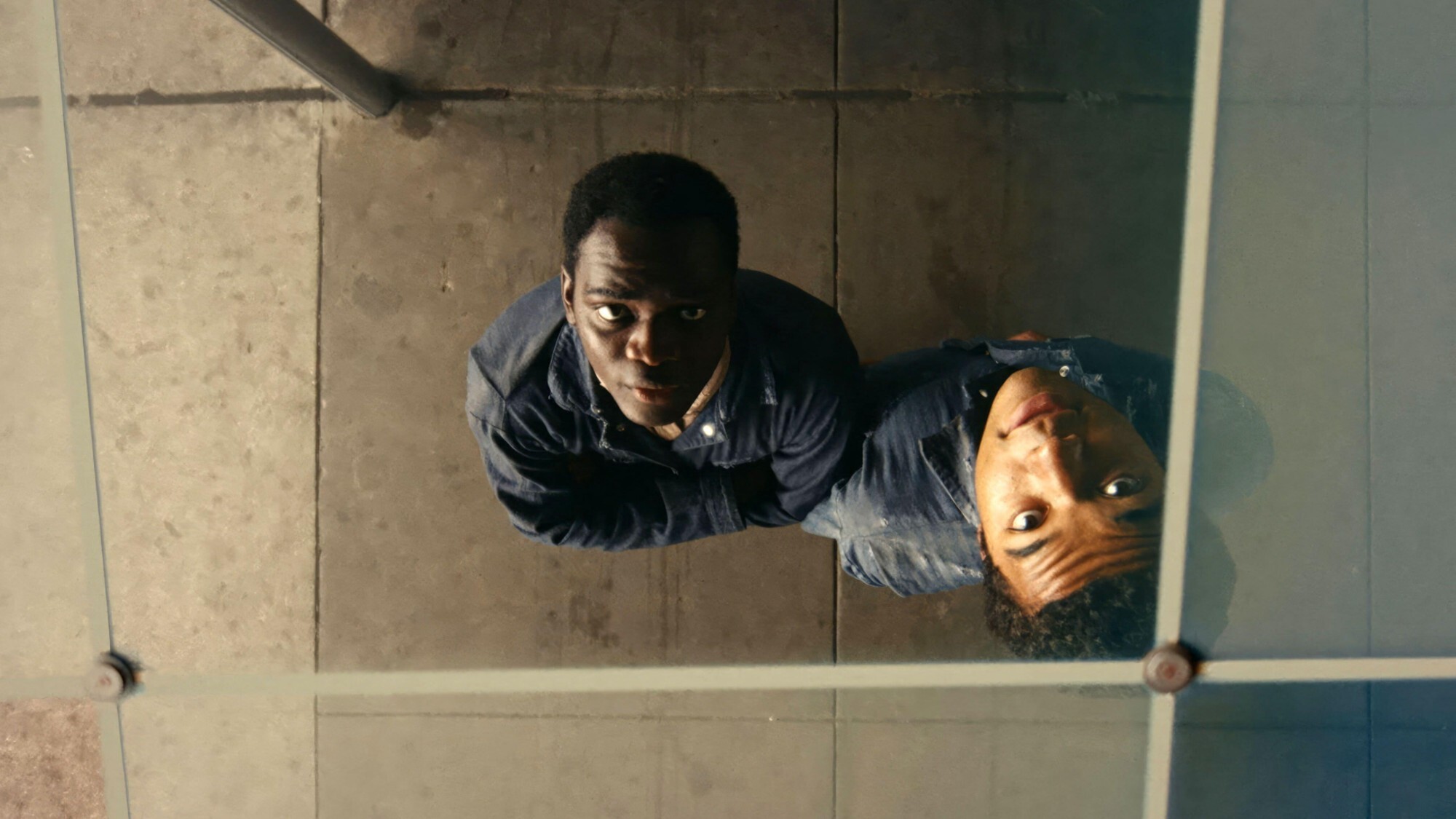 The ultimate films of 2025 by genre
The ultimate films of 2025 by genreThe Week Recommends From comedies to thrillers, documentaries to animations, 2025 featured some unforgettable film moments
-
 Political cartoons for January 3
Political cartoons for January 3Cartoons Saturday's political cartoons include citizen journalists, self-reflective AI, and Donald Trump's transparency
-
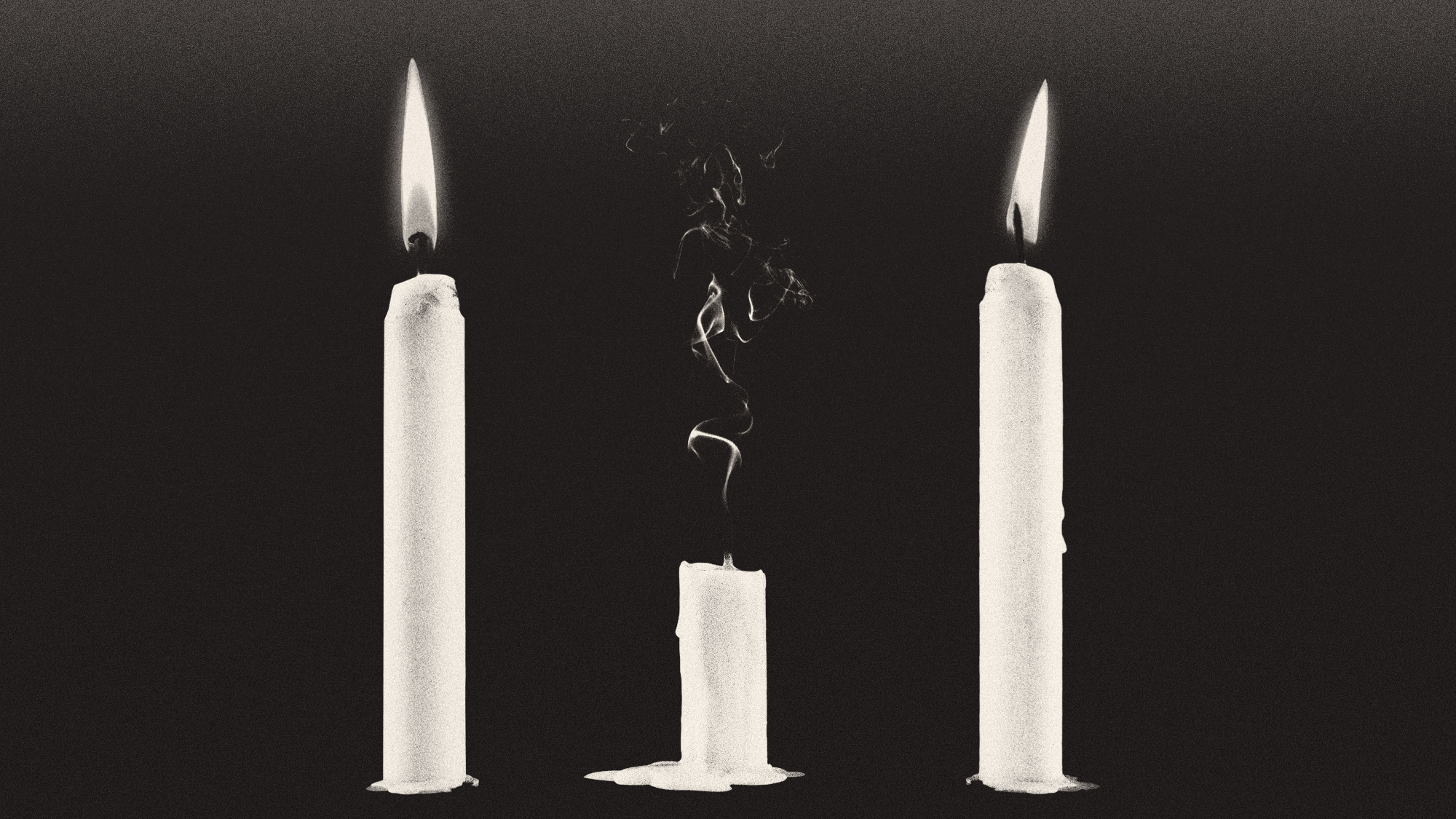 Deaths of children under 5 have gone up for the first time this century
Deaths of children under 5 have gone up for the first time this centuryUnder the radar Poor funding is the culprit
-
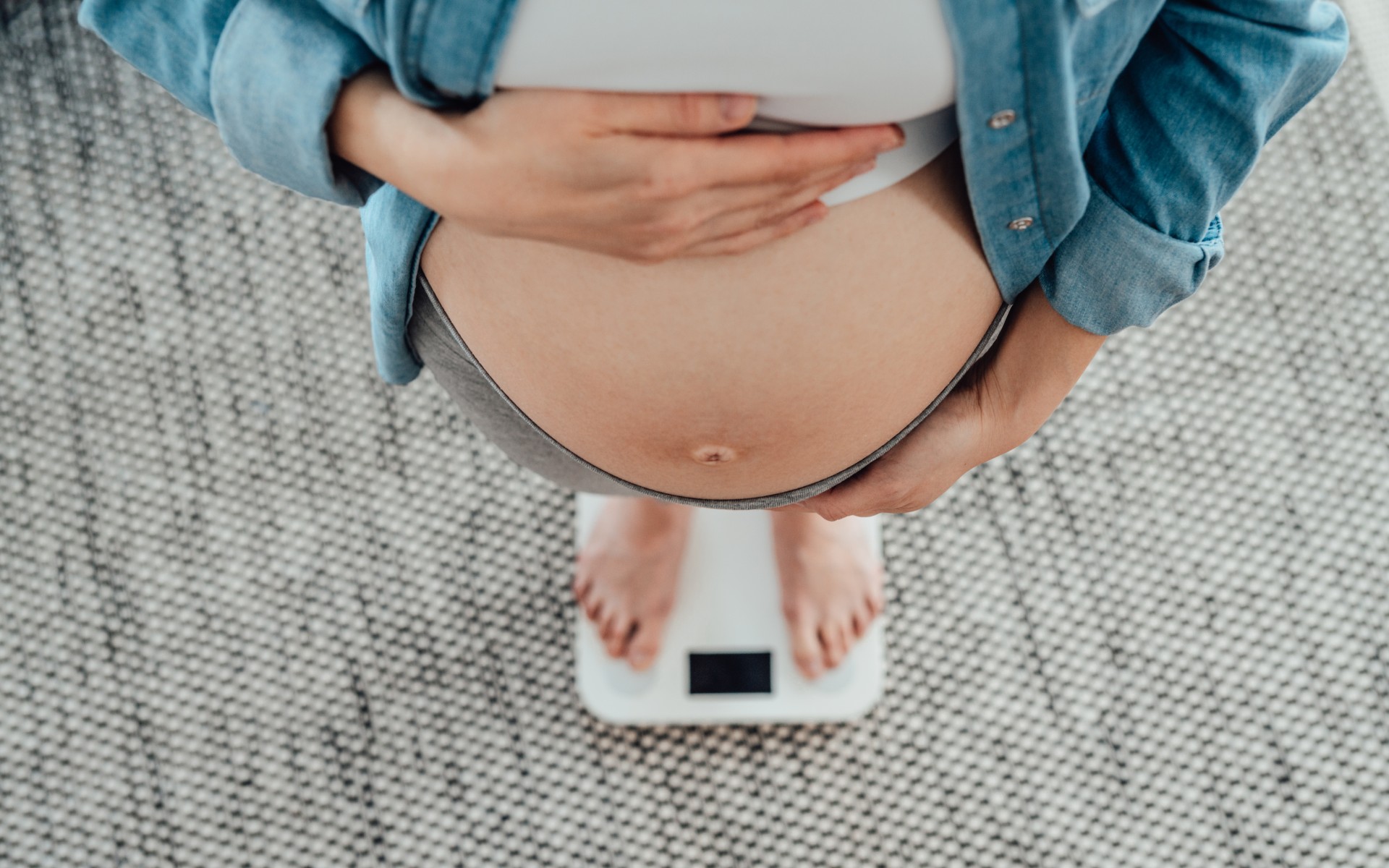 Stopping GLP-1s raises complicated questions for pregnancy
Stopping GLP-1s raises complicated questions for pregnancyThe Explainer Stopping the medication could be risky during pregnancy, but there is more to the story to be uncovered
-
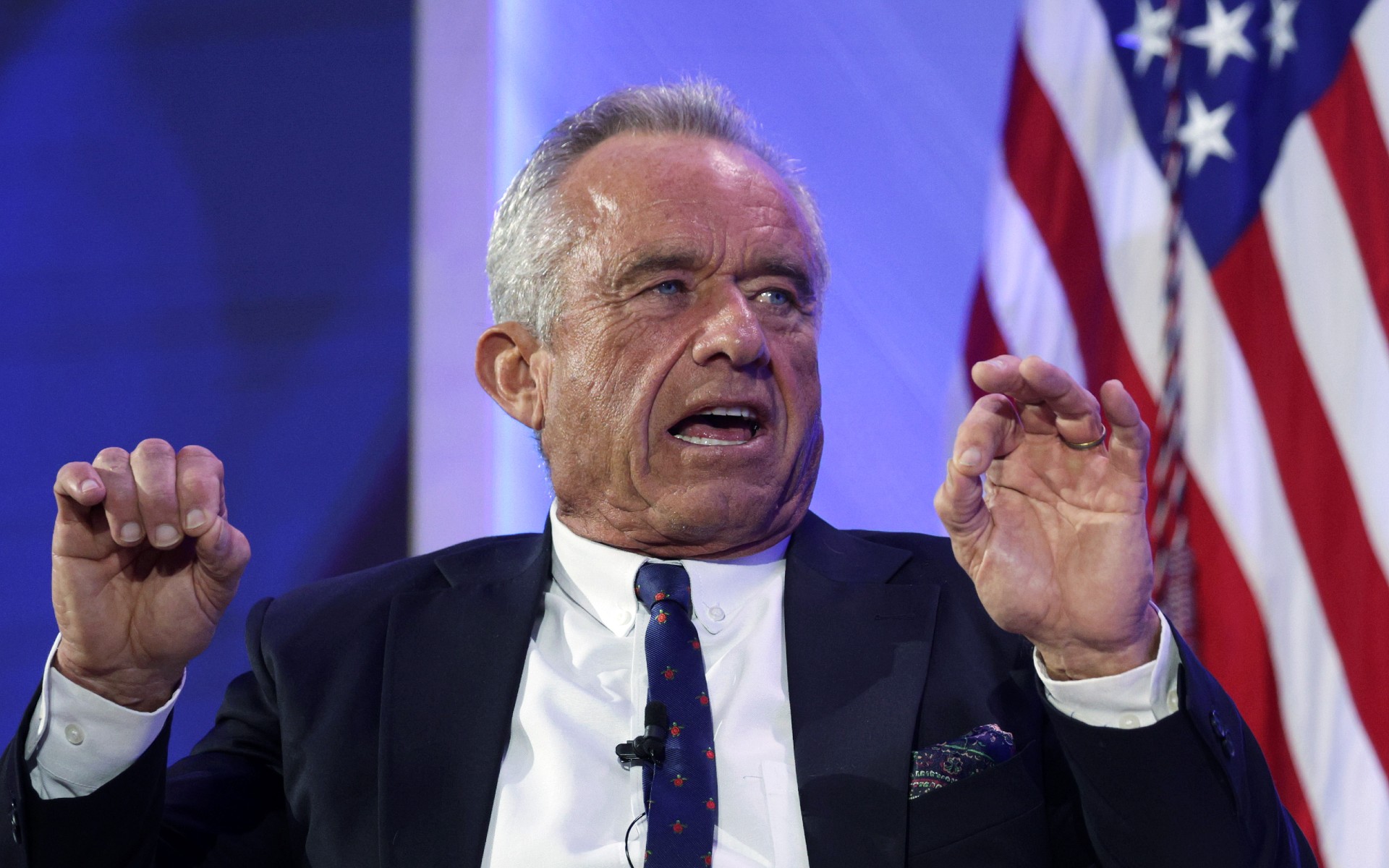 RFK Jr. sets his sights on linking antidepressants to mass violence
RFK Jr. sets his sights on linking antidepressants to mass violenceThe Explainer The health secretary’s crusade to Make America Healthy Again has vital mental health medications on the agenda
-
 The controversial Free Birth Society
The controversial Free Birth SocietyThe Explainer Influencers are encouraging pregnant women to give birth without midwife care – at potentially tragic cost
-
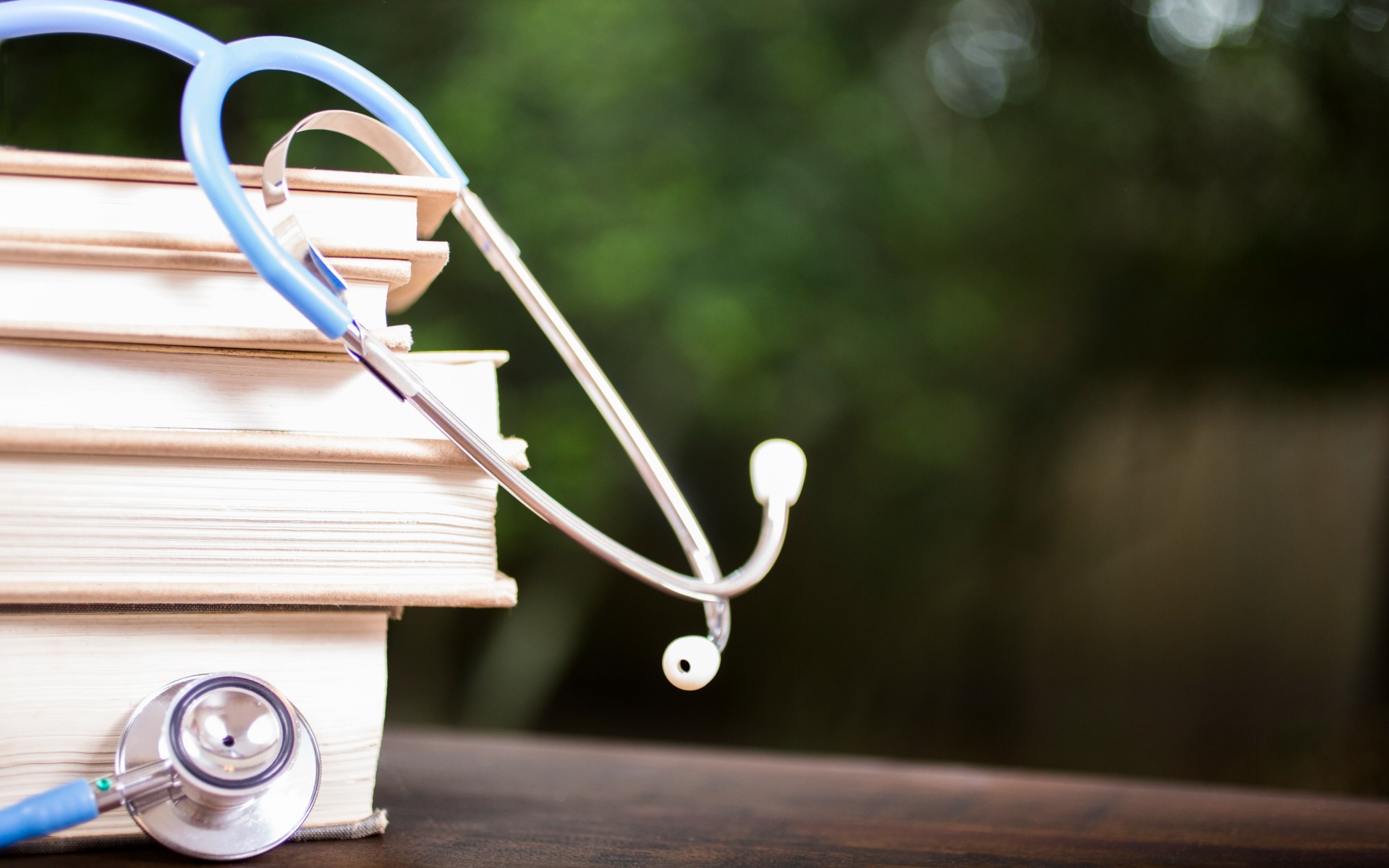 Nursing is no longer considered a professional degree by the Department of Education
Nursing is no longer considered a professional degree by the Department of EducationThe Explainer An already strained industry is hit with another blow
-
 Nitazene is quietly increasing opioid deaths
Nitazene is quietly increasing opioid deathsThe explainer The drug is usually consumed accidentally
-
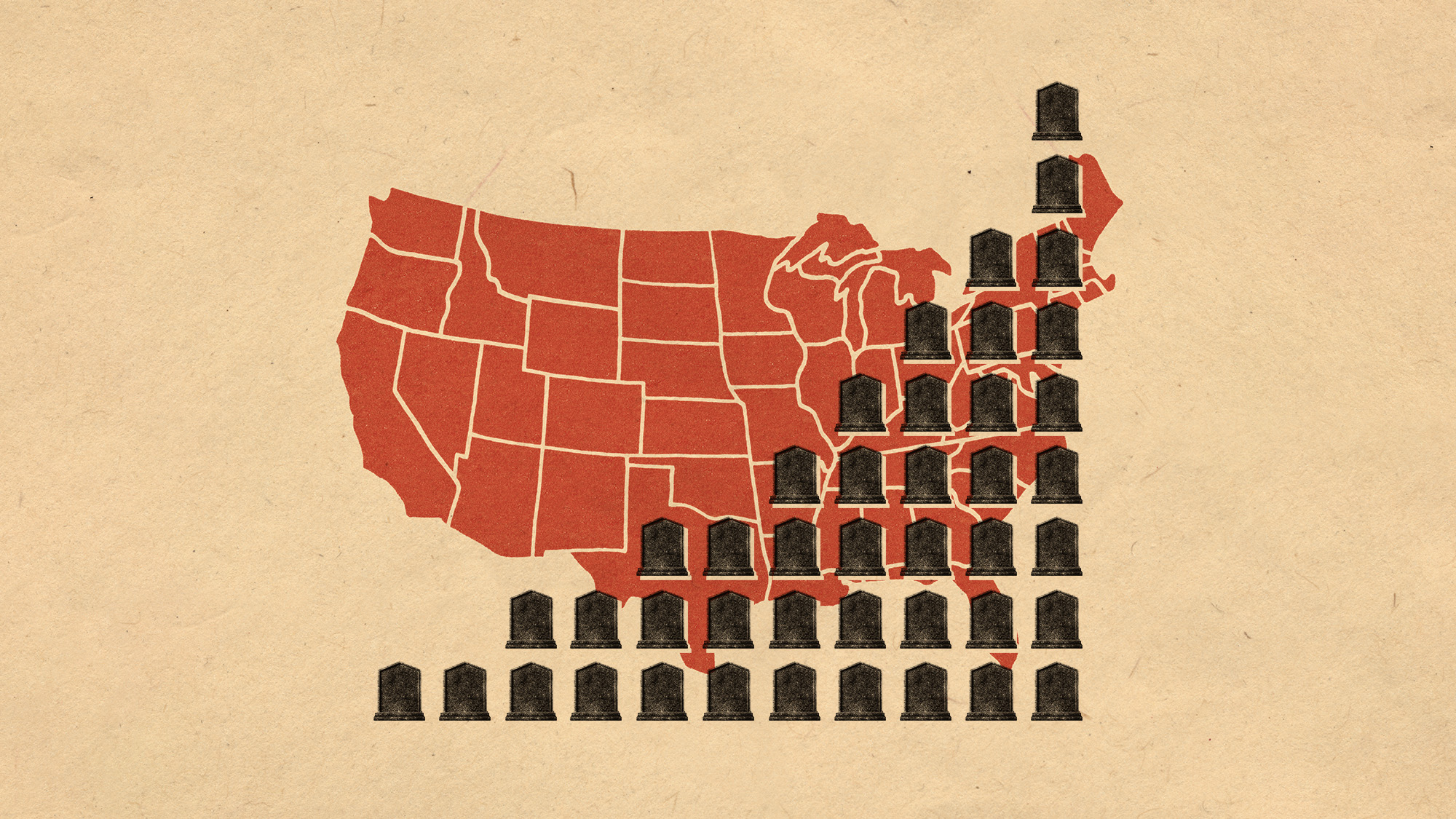 More adults are dying before the age of 65
More adults are dying before the age of 65Under the radar The phenomenon is more pronounced in Black and low-income populations
-
 The plant-based portfolio diet invests in your heart’s health
The plant-based portfolio diet invests in your heart’s healthThe Explainer Its guidelines are flexible and vegan-friendly
